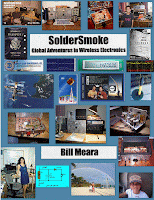Re: Is the design feasibility of 160M 625W Class D transmitter?
-
Noticed your online...
The calaculator seems great...
Do you have the link...
Ohhh you just departed...
Wayne
1 hour ago
Serving the worldwide community of radio-electronic homebrewers. Providing blog support to the SolderSmoke podcast: http://soldersmoke.com

| Solar X-rays: Geomagnetic Field: |




